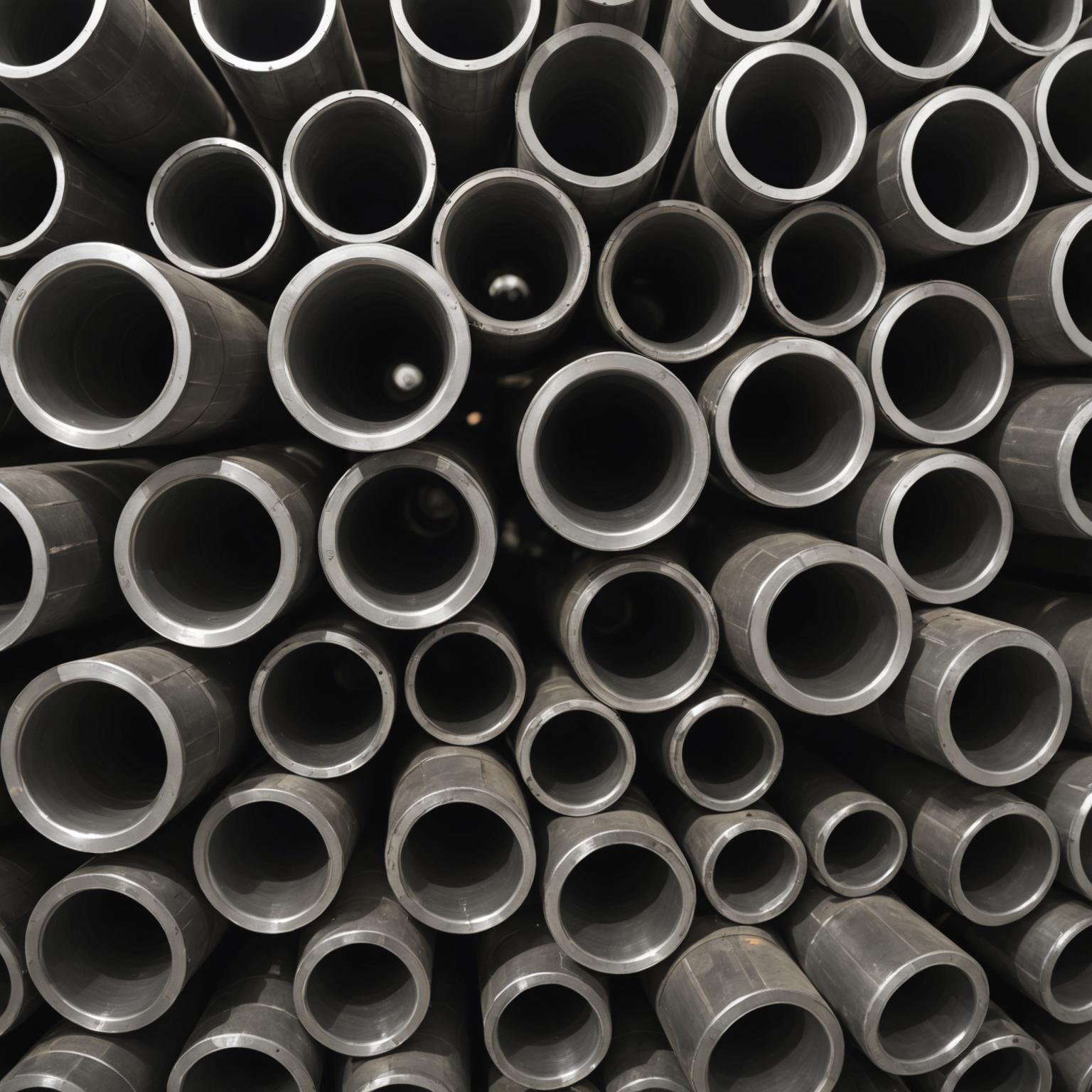When embarking on projects within the industrial, architectural, or manufacturing sectors, the choice of materials is paramount to ensuring longevity, safety, and efficiency. Stainless steel pipes are a cornerstone of modern construction and fluid transport, prized for their strength and corrosion resistance. However, a critical decision point arises when selecting between different manufacturing types. The debate of Seamless vs Welded Stainless Steel Pipes is a fundamental one, and understanding the Key Differences between them is crucial for any engineer, designer, or fabricator to make an informed choice that aligns with the specific demands of their application.
Understanding Seamless Stainless Steel Pipes
A seamless stainless steel pipe is, as its name suggests, a tube without any welded seams or joints. The manufacturing process is what defines its unique properties. It begins with a solid, cylindrical piece of steel, known as a billet. This billet is heated and then pierced through the center with a mandrel, after which it is rolled and stretched to the desired length, diameter, and wall thickness. Because it is created from a single, solid piece of metal, the resulting pipe has a homogenous structure, providing it with exceptional strength and uniform integrity. This inherent structural consistency makes seamless pipes the preferred choice for applications involving high pressure, extreme temperatures, and volatile or corrosive substances. Industries such as oil and gas exploration, chemical processing, and power generation heavily rely on seamless pipes for critical systems where failure is not an option. The absence of a weld seam eliminates a potential weak point, giving seamless pipes superior corrosion resistance and pressure-bearing capabilities.
Exploring Welded Stainless Steel Pipes
In contrast, a welded stainless steel pipe begins its life as a flat steel plate or strip, often referred to as a skelp. This plate is progressively rolled through a series of rollers to form a cylindrical shape. The edges of the plate are then fused together using a high-energy welding process, such as Tungsten Inert Gas (TIG) or Electric Resistance Welding (ERW). After welding, the pipe often undergoes processes like annealing to relieve stress from the weld area and enhance its corrosion resistance. The primary advantage of this manufacturing method is its cost-effectiveness and efficiency, especially for producing pipes with larger diameters and greater lengths. Modern manufacturing, including precision welding and finishing techniques, has vastly improved the quality and reliability of welded pipes. They are highly versatile and can be found in a vast array of applications, including architectural structures like handrails, general plumbing, water treatment facilities, and low-to-medium pressure fluid transport systems where the extreme pressure ratings of seamless pipes are not required.
Key Differences: A Direct Comparison
When placing seamless and welded pipes side-by-side, the key differences become apparent across several critical metrics. The most significant distinction lies in their pressure rating. Due to its uniform structure without a seam, a seamless pipe can typically withstand at least 20% higher working pressures than a welded pipe of the same material grade and dimensions. This makes it non-negotiable for high-pressure hydraulic and gas systems. In terms of cost, welded pipes hold a clear advantage. The manufacturing process is less complex and produces less waste, making them a more economical option for large-scale projects or where budget is a primary constraint. From a dimensional perspective, welded pipes often offer tighter tolerances on wall thickness, concentricity, and straightness. The process of rolling a flat plate allows for more consistent control over these factors. Aesthetically, welded pipes can be produced with a superior surface finish, though the weld seam may be visible unless it's ground down. Seamless pipes, due to the extrusion process, can sometimes have slight eccentricities or variations in wall thickness. Lastly, availability differs, with welded pipes being readily available in a much broader range of diameters and lengths compared to their seamless counterparts.
Application-Specific Considerations: Which Pipe is Right for You?
Choosing between the two types ultimately comes down to the specific needs of your project. The decision requires a careful balance of performance requirements, environmental conditions, and budget. If your application involves the transport of critical fluids under high pressure or at high temperatures, or if maximum corrosion resistance is essential to prevent system failure, the superior integrity of a seamless pipe is the safest and most reliable choice. Its robust, homogenous nature provides peace of mind in demanding environments. Conversely, if your project is more structurally or architecturally focused, involves low-pressure fluid conveyance, or requires very large diameters, the cost-effectiveness and versatility of welded pipes make them an ideal solution. High-quality products featuring precision welding and a sleek, modern finish offer exceptional value, combining structural integrity with aesthetic appeal for everything from building frameworks to decorative installations. Modern advancements ensure that premium welded tubes provide excellent durability and reliability for their intended applications.
Conclusion: A Matter of Fit and Function
In the end, there is no universally superior option in the seamless vs welded stainless steel pipes discussion. Each type is engineered for excellence in different contexts. The 'better' pipe is simply the one that best fits the function, budget, and safety parameters of a given project. Seamless pipes offer unparalleled strength and reliability for critical, high-stress applications. Welded pipes provide a versatile, cost-effective, and highly customizable solution for a vast range of structural and low-pressure uses. A thorough understanding of these Key Differences empowers professionals to select the optimal material, ensuring that their projects are not only built to last but are also efficient, safe, and economically sound. This informed decision is the foundation of successful engineering and design.








